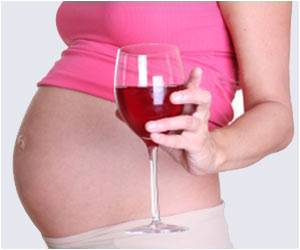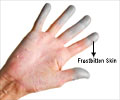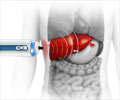Alcoholic cirrhosis is a disease which causes nearly half a million deaths every year.

‘Colder and less sunny regions of the world have higher rates of alcoholic cirrhosis, a disease caused by excessive drinking which results in irreversible scarring of the liver.’





Heavy alcohol intake causes a perception of warmth, while fewer sunlight hours have been linked to depression which in turn, may lead to alcohol abuse. As a result, the researchers hypothesised that colder countries would have higher rates of alcohol consumption and therefore an increased burden of alcoholic cirrhosis. Alcohol-attributable liver cirrhosis makes up around half of all causes of liver cirrhosis and is responsible for an estimated 493,000 deaths globally every year, or 0.9% of deaths worldwide. According to the World Health Organization (WHO), Europe is the heaviest drinking region in the world in terms of the prevalence of alcohol consumption. Alcohol is also a major cause of liver disease, including liver cirrhosis, which accounts for 1.8% of all deaths in Europe or around 170,000 deaths per year.
"Our research reveals that a country's climate and geographical location have a startling influence on the burden of liver cirrhosis," said Dr Neil D. Shah, lead author of the study, and senior author, Dr Ramon Bataller, from the University of North Carolina, Chapel Hill, United States. "As average temperatures and yearly hours of sunshine decrease and latitude increases, rates of alcohol-attributable cirrhosis increase. This suggests that drinking alcohol excessively to combat the cold and dark could put people at increased risk of suffering from alcoholic cirrhosis."
The research team, made up of academics from Canada, Mexico, Spain and the USA, conducted a comprehensive analysis of data from 193 countries taken from WHO and World Meteorological Organization databases. This involved collating information on heavy alcohol consumption, binge drinking, average temperature, climate, latitude and hours of yearly sunshine, to determine their influence on alcohol-attributable liver cirrhosis.
In the univariate analysis conducted by researchers, there was an inverse association between mean average temperature, mean annual sunshine hours and a positive association with absolute latitude (p<0.05) with AAF. In the multivariate analysis, average temperature and sunshine hours remained independently associated with the burden of alcohol-attributable liver cirrhosis or AAF after adjusting for the percentage of binge drinkers among active drinkers and alcohol consumption (p<0.05).
Advertisement
AAFs are used to express the extent to which alcohol contributes to a health outcome, such as alcohol poisoning, non-alcohol poisoning, road traffic injuries, falls, drownings, violence, and other unintentional or intentional injuries.
Advertisement















